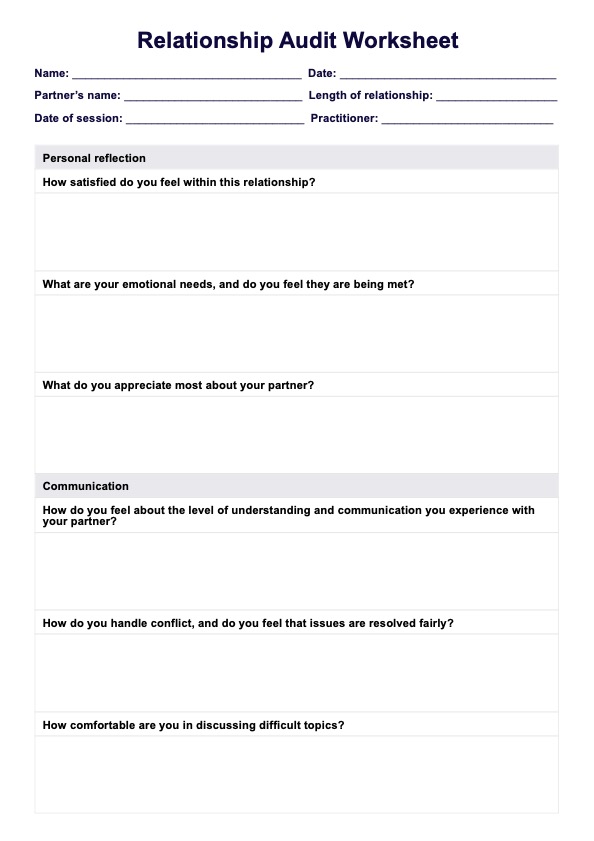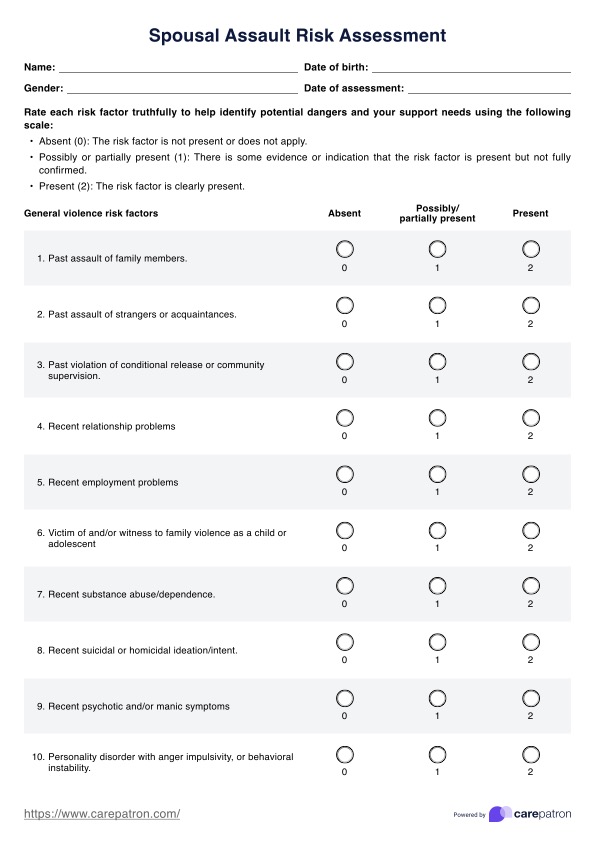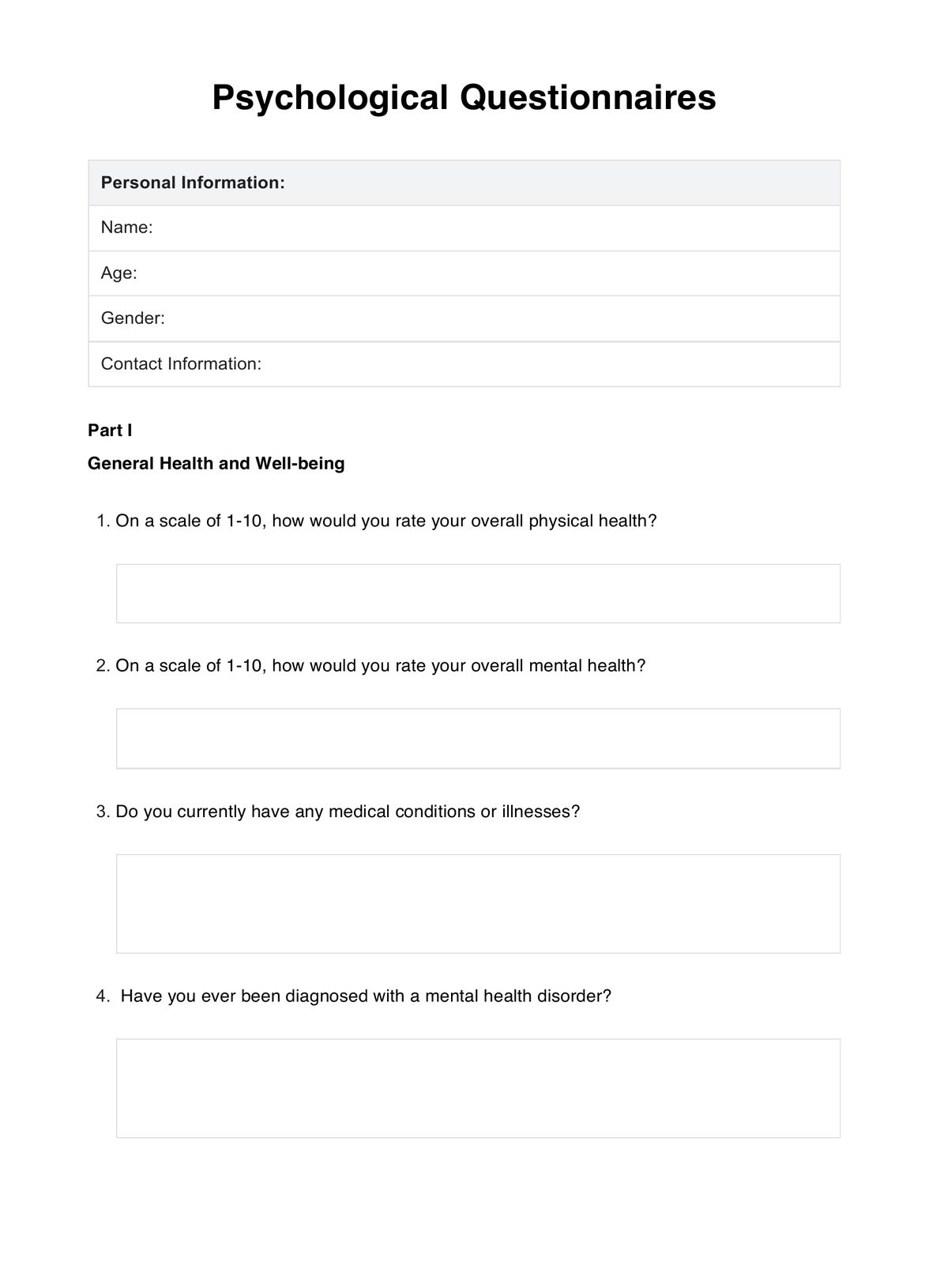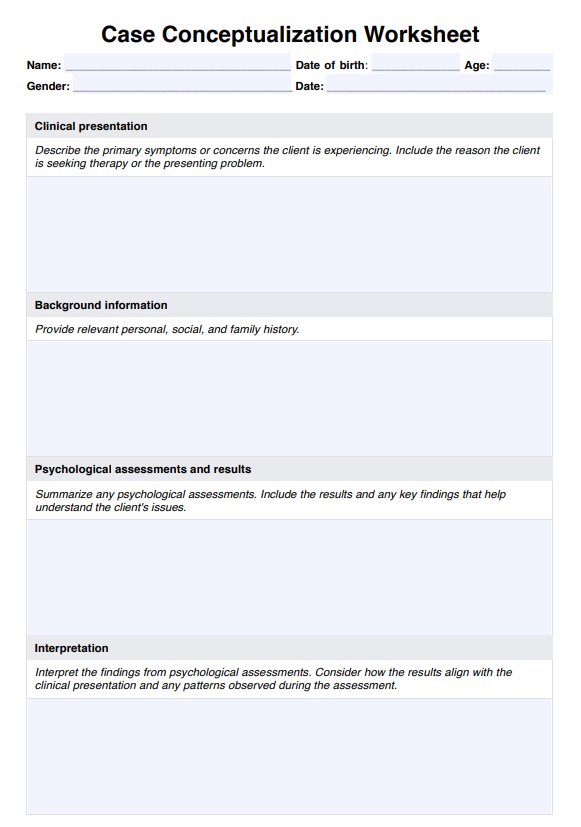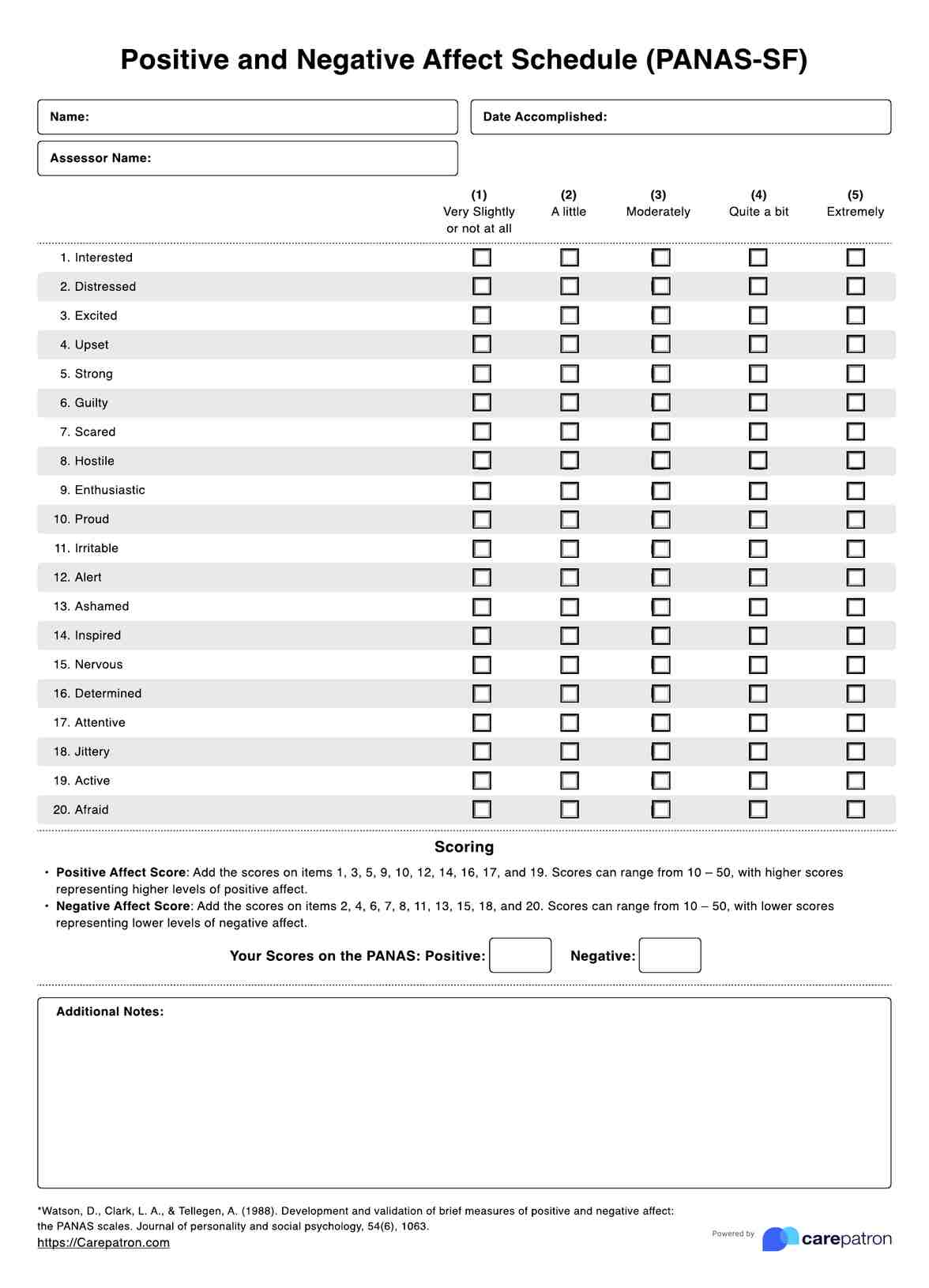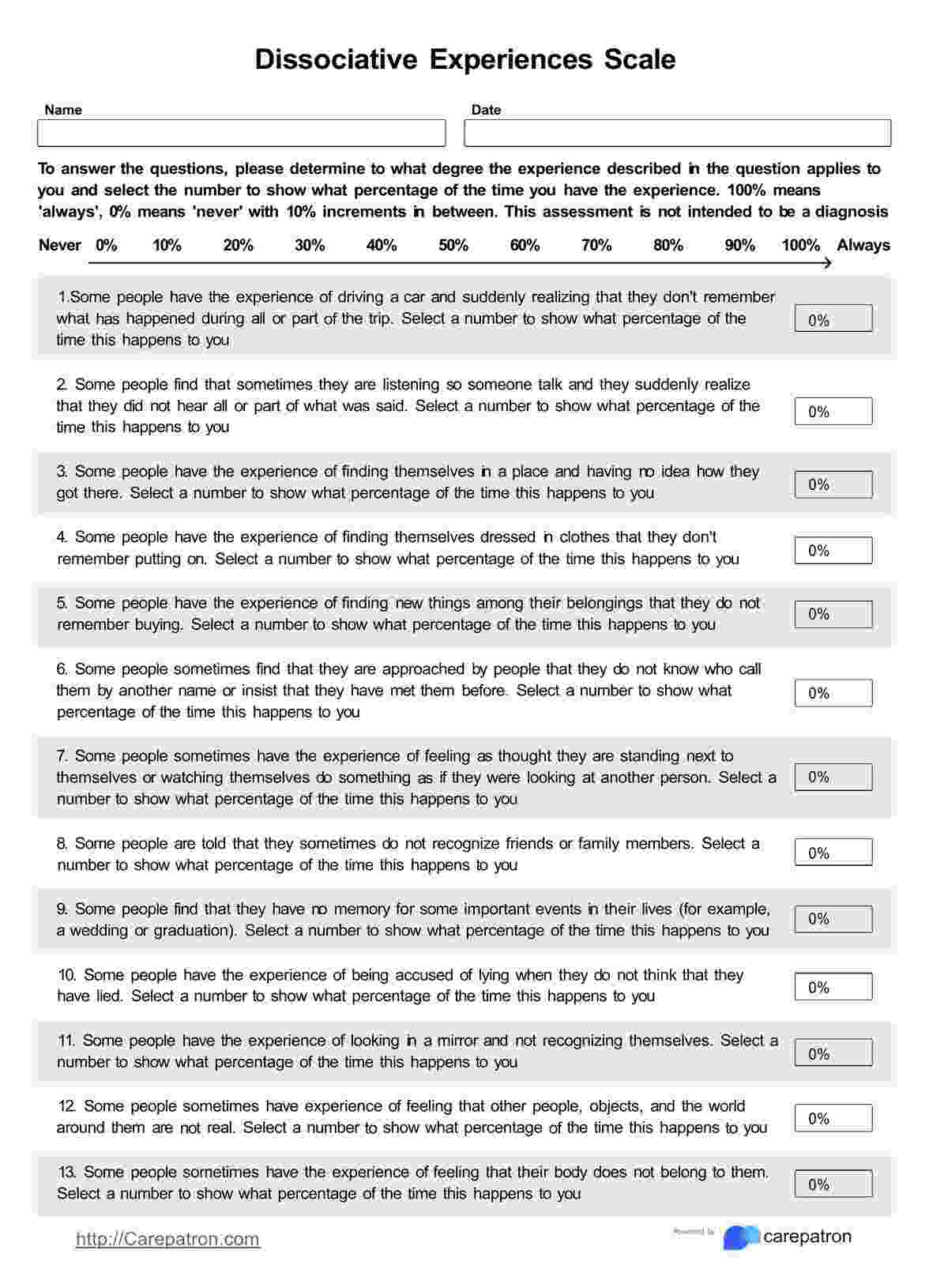Family Therapy Intake Form
Ensure a smooth intake process during family therapy sessions. Access our Family Therapy Intake Form template for free.


Family therapy: An overview
Family therapy is a type of psychological counseling that focuses on improving relationships and communication within a family unit. It can be used to address a wide range of issues, including behavioral problems, substance abuse, mental health disorders, and conflicts within the family.
Family therapy aims to help families understand and resolve their conflicts by improving communication and developing healthier patterns of interaction. Family therapists do this through various techniques and interventions, such as role-playing, communication exercises, and problem-solving activities.
Moreover, family therapy can benefit not just the immediate members of a household but also extended family members and significant others who may play a role in the family relationships and functioning. It can help individuals better understand their roles and relationships within the family system.
Family Therapy Intake Form Template
Family Therapy Intake Form Example
What is a Family Therapy Intake Form?
Before beginning any counseling or therapy, you must gather information about the client and their reasons for seeking therapy. This is especially crucial in family therapy, where multiple individuals are involved, and their relationships are interconnected.
A Family Therapy Intake Form typically involves family history, such as background and dynamics, as well as current concerns and goals for therapy, which is helpful for the therapeutic process.
This family counseling intake form aims to provide you with a comprehensive understanding of the family's dynamics and individual struggles, which will guide you in developing an effective treatment plan.
How to use this template?
Our free Family Therapy Intake Form is printable and easy to use. Follow the steps below to get started:
Step 1: Download the template
Click "Use template" to access and customize the Family Therapy Intake Form template through the Carepatron platform. You can also select "Download" to get a fillable PDF copy of this form for a smooth intake process.
Step 2: Give clients a copy of the intake questionnaire
Ask the client or clients to complete this during your first appointment. Explain that it is for their benefit and to help you better understand their concerns and needs. It also establishes a foundation for a therapeutic relationship between you and your clients.
Step 3: Review the completed form
After your clients have completed the intake form, review it carefully. Pay attention to any areas needing clarification or further discussion during the session.
Step 4: Keep it on file
Once reviewed, keep a copy of the form in your client's file for reference throughout their therapy journey. This can help you track progress and better understand any changes or developments in the family dynamic.
Step 5: Update as needed
Updating certain areas of the intake form may be necessary as therapy progresses. Make sure to communicate with your clients about any updates or changes that need to be made for future sessions.
Benefits of Family Therapy Intake Forms
Using intake forms as part of the family therapy process can have many benefits. It helps you:
Efficiently gather important information
An intake form lets you gather basic details about the family and their concerns before the first session. This can save time and allow for a more focused discussion during the session.
Identify areas of focus
Our form can help you identify specific areas to address during therapy, such as communication issues or family dynamics. This can help create a treatment plan tailored to the family's needs.
Track progress
Having a record of the initial information provided by the family allows you to track progress throughout therapy and see any changes that may have occurred. This can also help you evaluate the effectiveness of your interventions.
Enhance communication
Intake forms can also serve as a conversation starter and facilitate open communication between the therapist and the family. They allow for a structured way to discuss sensitive topics and help build trust between all parties involved.
Commonly asked questions
Understanding family history during the intake session and assessment process helps identify patterns, dynamics, and underlying issues that may influence the current situation. This insight allows the therapist to tailor their approach effectively, ensuring a comprehensive plan for the new client.
A family therapist should have good active listening skills to understand each family member's perspective and emotions. They must also demonstrate empathy, patience, and cultural sensitivity to create a safe and inclusive environment. Strong communication, conflict-resolution skills, and adaptability are essential for fostering trust and promoting healthy family dynamics.
Family therapy is great for figuring out what’s causing stress and teaching everyone ways to handle it better. It helps families work together, communicate openly, and find practical ways to deal with challenges as a team.


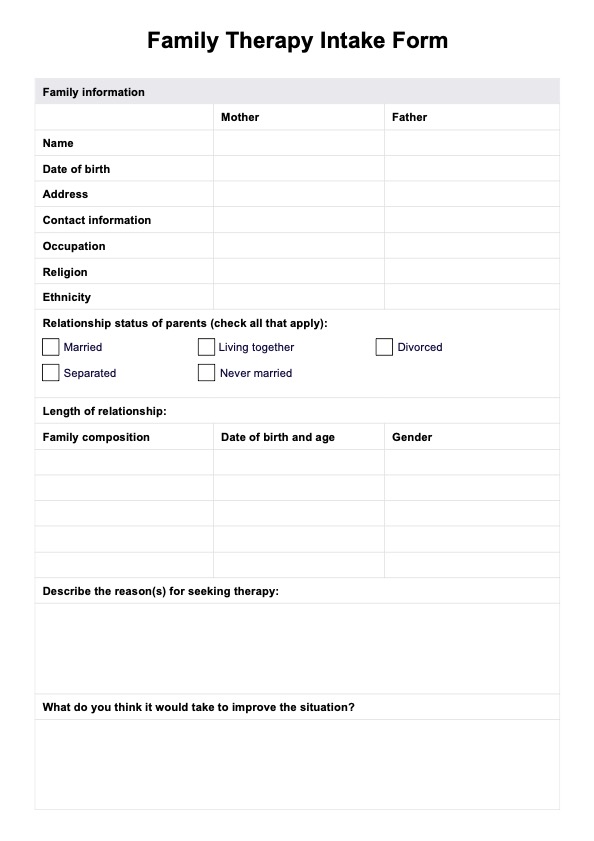
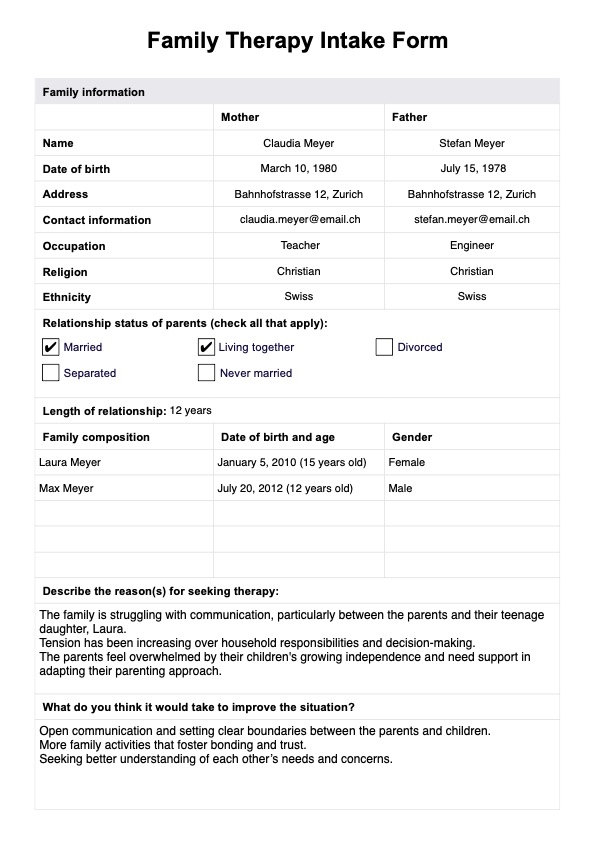

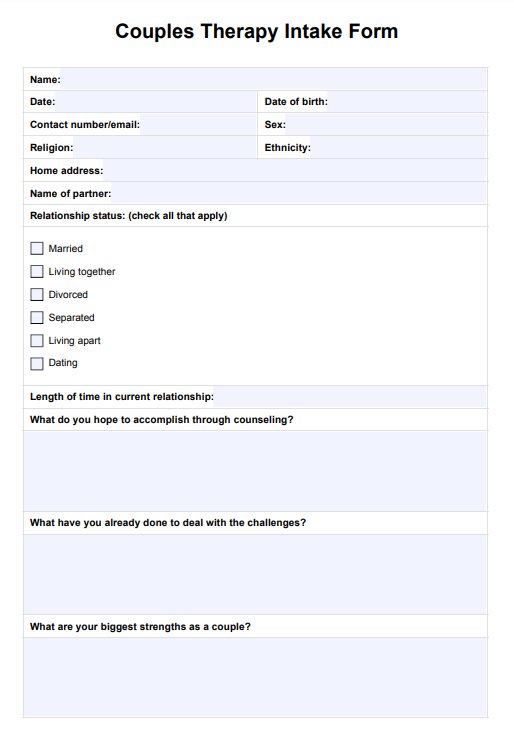
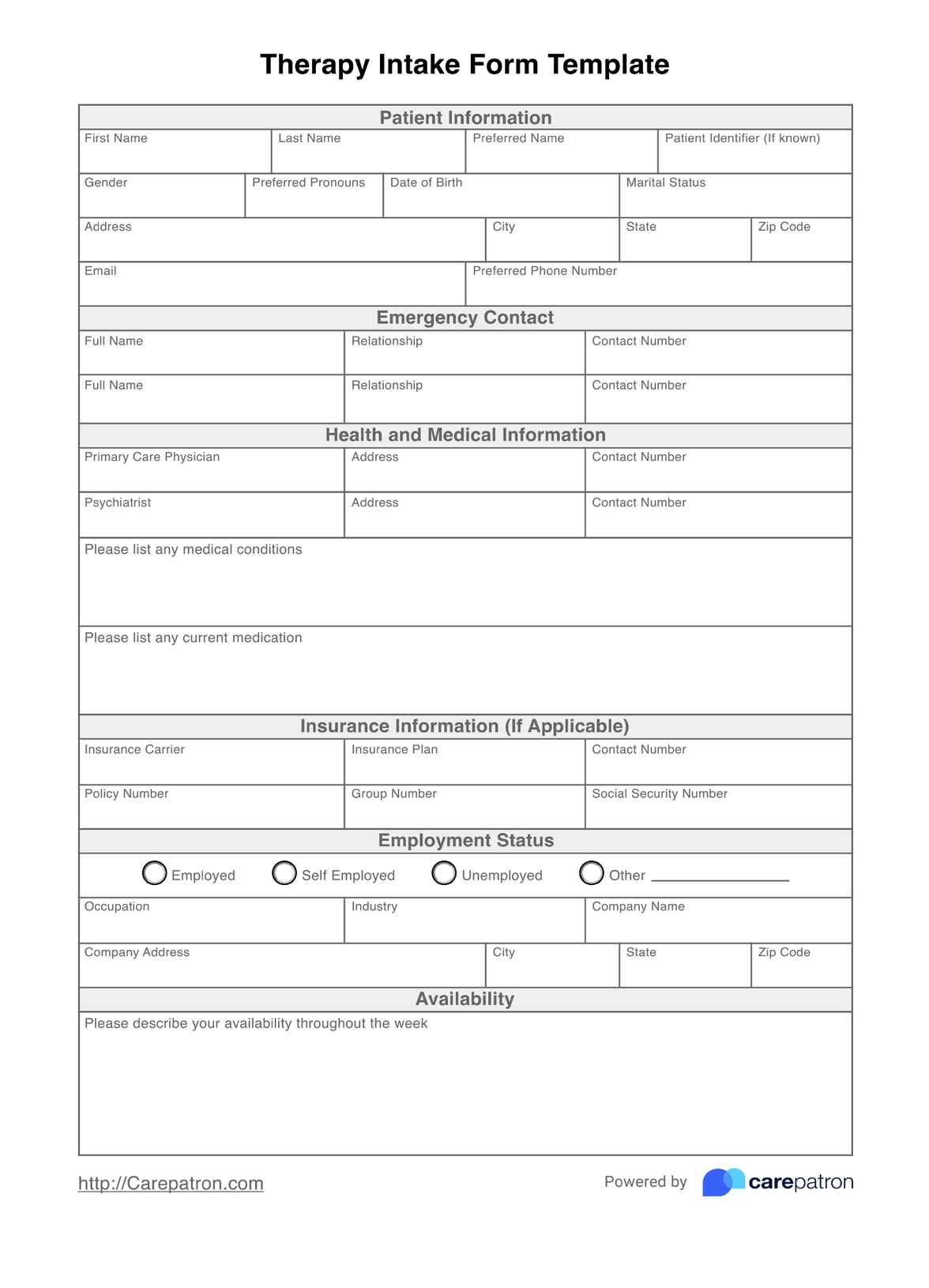
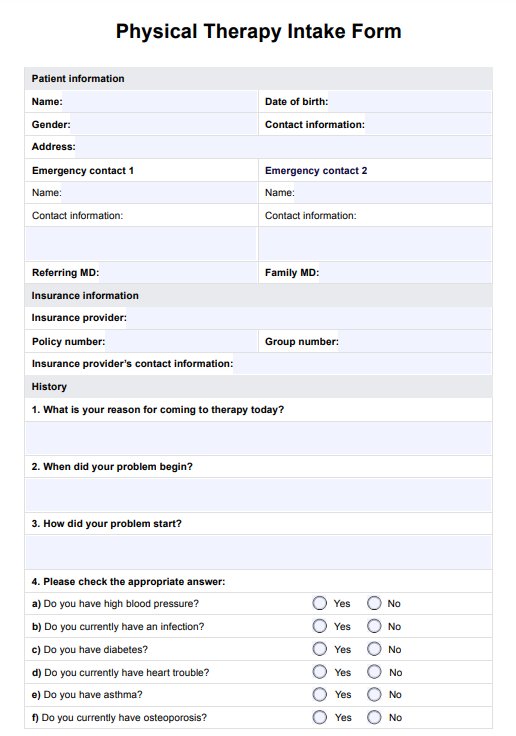















-template.jpg)


